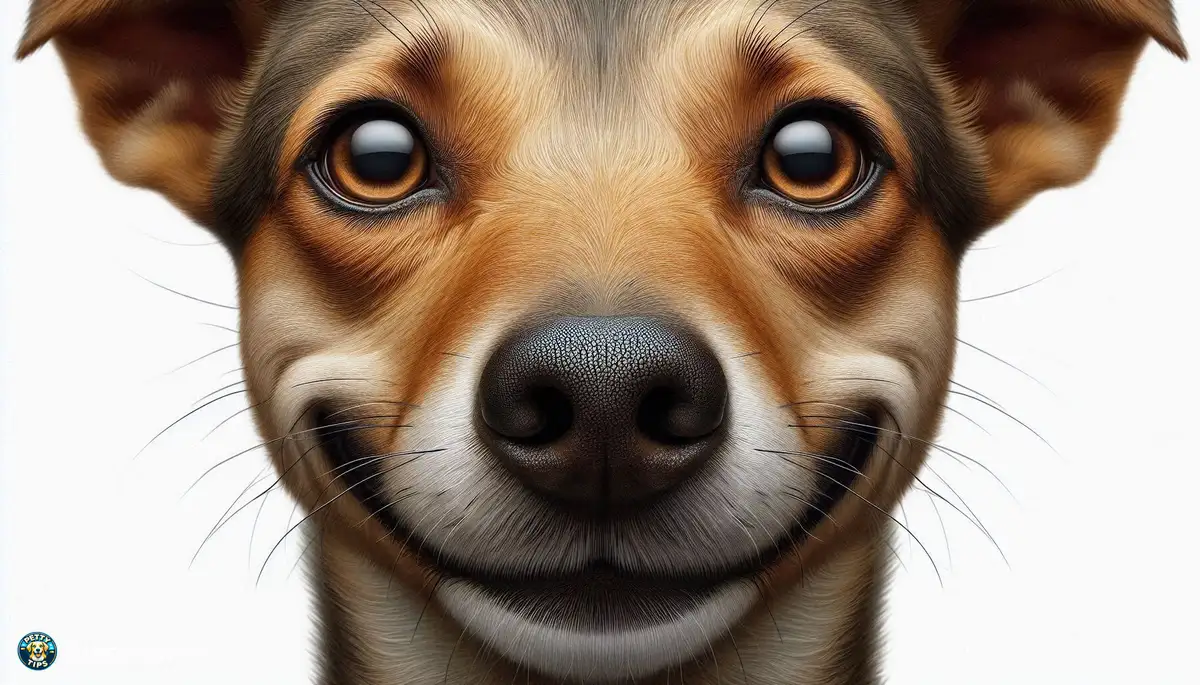
Feeding Your Puppy: Nutritional Needs and Mealtime Tips
Beauchamp Daniel - Sep 28, 2024 - 7 min read


Dogs possess an incredible ability to communicate with us, often without uttering a single word. Their primary mode of expression? facial expressions. Understanding these subtle cues can deepen our bond with our furry friends and enhance our ability to meet their needs. Whether it's a wagging tail, perked ears, or a soulful gaze, each facial expression serves as a window into the emotional world of our beloved companions.
As pet owners, it's essential to recognize that dogs rely heavily on facial expressions to convey their feelings. A relaxed mouth and soft, relaxed eyes indicate contentment and relaxation. Conversely, a tightly closed mouth or narrowed eyes may signal discomfort or anxiety. By paying close attention to these cues, we can better understand our dog's emotional state and respond accordingly.
The eyes are often referred to as the windows to the soul, and this holds true for our canine companions as well. A dog's eyes can convey a wide range of emotions, from joy and excitement to fear and apprehension. When a dog gazes at you with soft, relaxed eyes and a gentle, relaxed expression, it's a sign of trust and affection. On the other hand, wide eyes with dilated pupils may indicate fear or stress, while averted eyes could signal submission or discomfort.
Ears are another essential component of canine communication. Whether they're pricked forward in curiosity or flattened against the head in fear, a dog's ears can speak volumes about their emotional state. Forward-facing ears typically indicate alertness and interest, while flattened ears suggest anxiety or submission. By observing the position and movement of your dog's ears, you can gain valuable insight into how they're feeling in any given situation.
The mouth and nose also play a crucial role in canine communication. A relaxed, open mouth with a slightly lolling tongue is a sign of contentment and relaxation. Conversely, a closed mouth with lips pulled back in a snarl signifies aggression or discomfort. Similarly, a dog's nose can provide valuable clues about their emotional state. A wet, cold nose is generally a sign of good health and vitality, while a warm, dry nose may indicate illness or stress.
When a dog is happy and content, their facial expressions are often relaxed and open. You may notice a soft, wagging tail, bright eyes, and a relaxed mouth. They may also offer you a playful bow or engage in joyful barking. Pay attention to their body language as well, as a relaxed posture and loose, wiggly movements are indicative of happiness and contentment.
Fear and anxiety can manifest in a variety of ways in a dog's facial expressions. Wide eyes, flattened ears, and a tense mouth are common signs of fear or discomfort. You may also notice trembling, panting, or attempts to escape the situation. It's essential to approach a fearful dog with patience and understanding, as forcing them into a situation that scares them can exacerbate their anxiety.
Aggression and dominance are perhaps the most challenging emotions to interpret in a dog's facial expressions. Signs of aggression may include a wrinkled muzzle, bared teeth, and a stiff, upright posture. A dog displaying these signs may growl or snarl as a warning. It's crucial to address aggressive behavior promptly and seek guidance from a professional trainer or behaviorist to ensure the safety of both the dog and those around them.
Just like humans, dogs can experience sadness and discomfort, and their facial expressions reflect these emotions. Drooping ears, a downturned mouth, and watery eyes are common signs of sadness or discomfort. They may also exhibit lethargy or a loss of appetite. If you notice these signs in your dog, it's essential to provide them with comfort and support, whether through extra cuddles, a soothing environment, or a visit to the veterinarian if necessary.
Understanding canine facial expressions is an invaluable skill for pet owners. By learning to interpret these subtle cues, we can better meet our dog's needs and strengthen our bond with them. Whether it's a wagging tail, a playful bow, or a soulful gaze, each facial expression offers insight into our dog's emotional world. So the next time you look into your dog's eyes, take a moment to truly see the emotions reflected there—you might be surprised by what you discover.